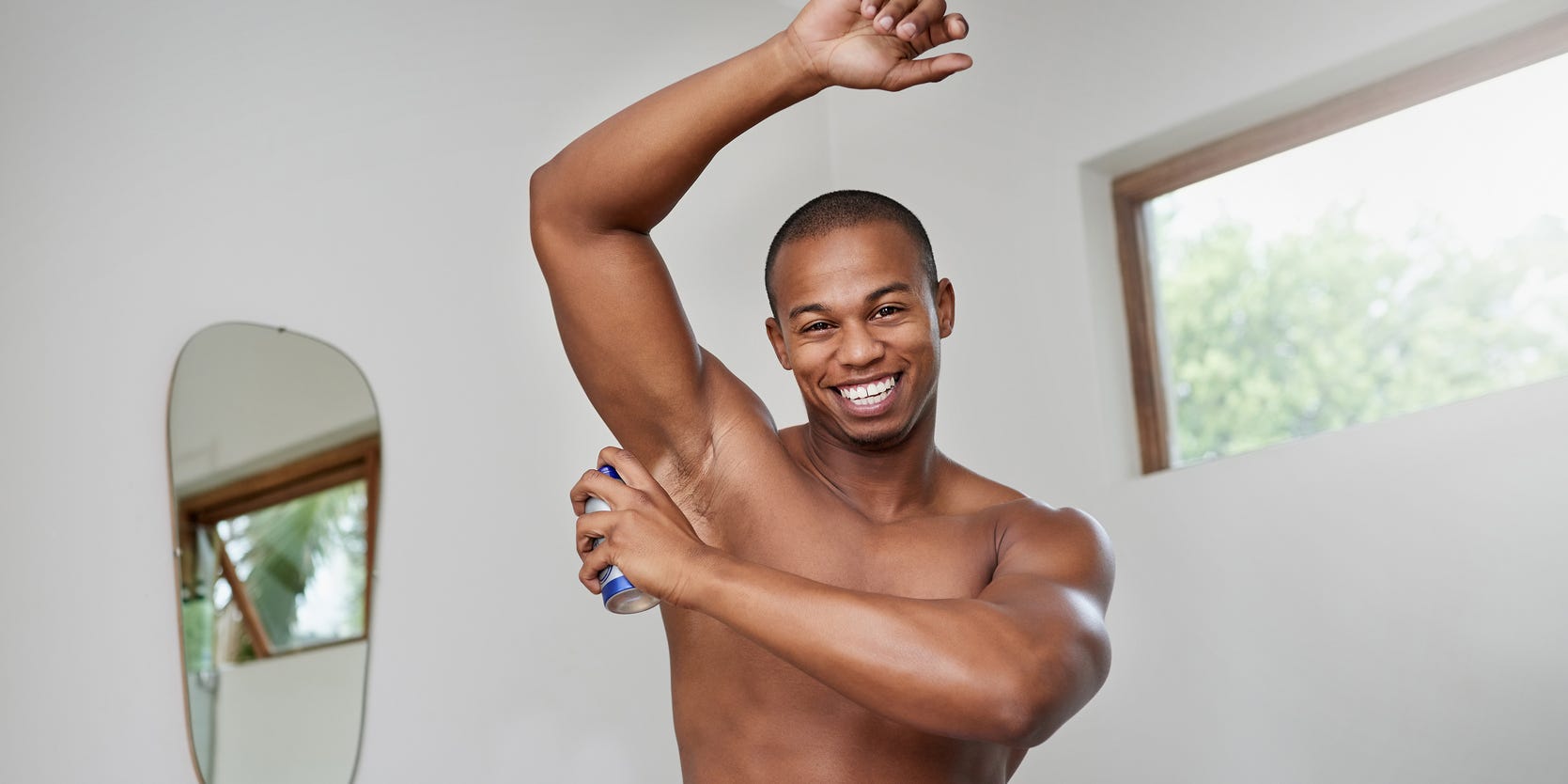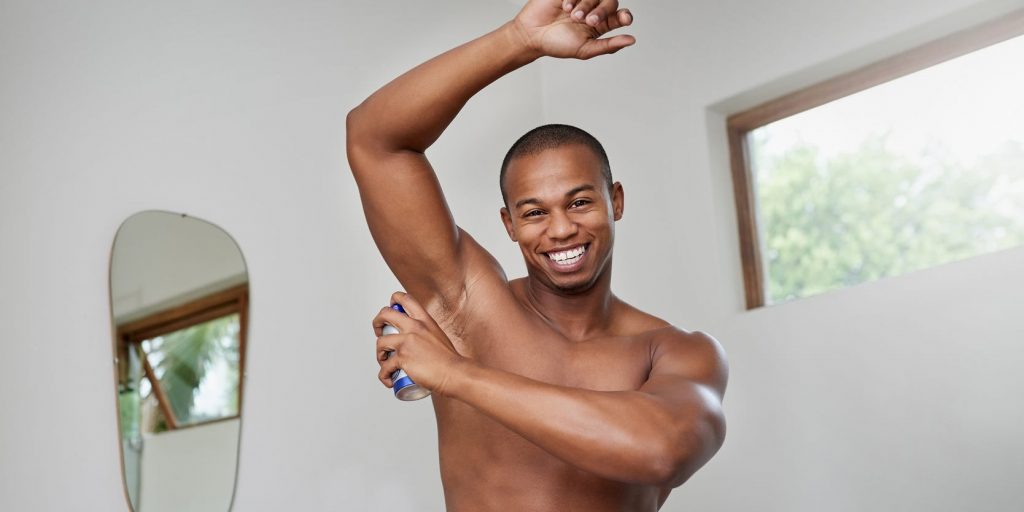
LaylaBird/Getty Images
- Chafing is when skin becomes red, sore, and painful due to repeated rubbing of the same spot.
- To prevent chafing, lubricate the area, wear loose-fitting clothes, or try an anti-chafing stick.
- To heal chafing quickly, gently clean the area and then apply an over-the-counter medicinal cream.
- Visit Insider's Health Reference library for more advice.
Nothing can put a damper on a nice walk or run more than the discomfort of chafing.
Chafing is a common skin irritation more likely to occur in people who are athletic, live in warmer environments, and have areas of skin that rub together, says Alexis Parcells, MD, a plastic surgeon and owner of Parcells Plastic Surgery.
Fortunately, there are many steps you can take to stop chafing in its tracks.
What is chafing?
Chafing is when skin becomes red and sore due to something repeatedly rubbing against the same spot. This can be consistent contact from skin, clothing, or another material, such as a seat.
According to Susan Bard, MD, a general and procedural dermatologist at Vive Dermatology, symptoms of chafing include:
- Pain
- Oozing
- Burning
- Redness
- Peeling
Chafing can also occur anywhere on the body but is more common in certain areas including:
- Nipples
- Inner thighs
- Upper arms
- Butt
- Groin
- Penis
- Feet
While chafing is common, it's also preventable. Here are some techniques to stop chafing in its tracks.
1. Apply deodorant
Deodorant acts as a barrier against chafing. You can apply deodorant to anywhere you've experienced chafing, including the inner thighs and groin, says Parcells. "Choosing a fragrance-free deodorant with clean properties [like aloe vera] can also aid in the healing process," she says.
2. Lubricate
Similar to deodorant, lubricating areas prone to chafing with products such as petroleum jelly can prevent discomfort.
In fact, a 2004 review of marathon runners found petroleum jelly to be effective in reducing friction on the feet and nipples.
"Lubrication eliminates friction," says Parcells. "Products with waxes aid in protecting the skin and providing a friction barrier."
You can also lubricate with products like coconut oil or shea butter, which may soothe skin thanks to their anti-inflammatory properties.
3. Dress right
What you wear can have a significant impact on whether or not you chafe.
When exercising, wear natural moisture-wicking fabrics, says Bard, which can help prevent and absorb sweat.
Moisture-wicking fabrics include:
- Polyester
- Nylon
- Merino wool
How your clothes fit can also make a difference between chafed or soft skin. "If the clothing is overly small or tight, switch it up for something more comfortable and less constricting," says Parcells.
4. Anti-chafing sticks
Anti-chafing sticks are products designed to prevent chafing - sort of like a specialized deodorant. They moisturize or lubricate to create a barrier between the skin and other materials using ingredients such as aloe and coconut oil. Anti-chafing sticks are available at most drug or sporting goods stores.
5. Remove wet clothes
"Removing sweaty clothes after a workout is helpful in avoiding and preventing chafing," says Parcells. That's because wet clothing sticks to your body and, therefore, is more likely to rub against the skin.
Insider's takeaway
Chafing is a common skin irritation that does not require a doctor's visit. However, it can be uncomfortable and painful.
Thankfully, there are steps you can take to prevent chafing, such as lubricating your skin and removing wet clothes as soon as possible.
If you experience chafing, there are many at-home remedies to heal your symptoms, like applying aloe vera or taking pain medicine.
